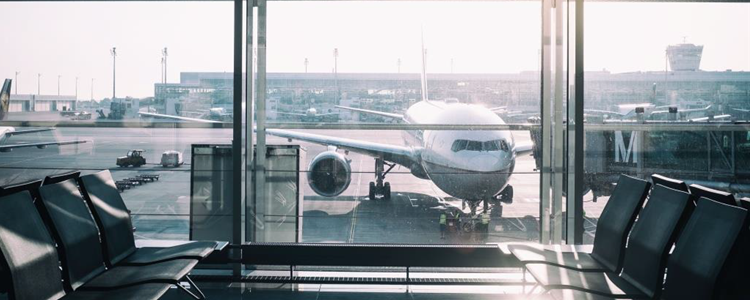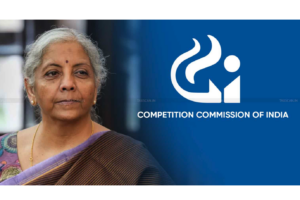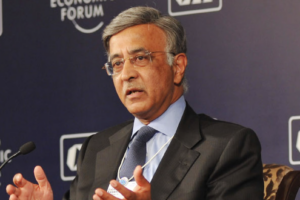
The draft policy document to shift the tariff structure to the ‘price cap’ model from the current ‘cost plus’ model for airports will expose developers to traffic risk. The change in approach for greenfield airports to ‘dual till’ from the earlier ‘30% hybrid till’ leaves the entire non-aero revenues outside the ambit of price cap, which to an extent is a positive. Ind-Ra believes that traffic risk could reduce the financeability of projects compared to the current regulated return structure. However, the proposed policy will resolve the regulatory delays in the fixation of tariffs and reduce significant changes in tariffs across control periods.
Traffic Risk Passed on to Developers with Some Adjustments: Although managing traffic risk is the responsibility of developers, some adjustments could be made to the maximum blended aeronautical yield (MBAY) i.e. not more than 50% of the base rate of MBAY for that year. Continued subdued pax traffic growth during a five-year control period or any stress during the concession period against the original estimates necessitates external support. In the current setup, such circumstances are rare, despite the delays in obtaining regulatory approvals given the return-oriented model. An option to escalate the MBAY up to 50% of the existing fee along with cuts on the concession fee or a combination of both could provide some respite. However, the base tariff and accuracy in forecasting traffic is crucial for the sustenance of developers’ credit profile and to avert reliance on such financial support.
Although the suggested model hints at maximum five years of continuous support or no support, the option of revenue shortfall loan is a positive. At the same time, should the concession granting authority fix a floor price cap based on passenger (pax) forecasts, the model could be sustainable with minimal financial disruptions to investors and curb the instinct of aggressive bidders.
Negative Concession Fee Expected: The bidding parameter is altered to ‘concession fee/pax’, with annual revisions linked 50% to the inflation. The proposed concession fee, includes administration fee of INR20/pax, has been fixed at INR400 for FY19. The bidder may also quote a higher sum than the INR400, implying a negative concession fee. In such a case, that portion will be added to INR400/pax. Bids for greenfield airports were called on based on the revenue share until now.
Ind-Ra sees a possibility of the bids exceeding INR400. The FY18 average aero revenue/pax across all four major private airports is INR480/pax. While major airports have a higher cost of construction/expansion, they command significant non-aero revenues, which is unlikely for a greenfield airport. Hence, the agency believes that bids will be higher than the proposed benchmark of INR400/pax. Given the expected higher non-aero revenues in brownfield airports, reduced aero-revenues could be adequately compensated. In the proposed model, the cap of 10% on real estate area could increase the bids above INR400/pax.



